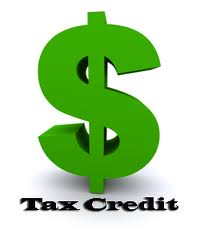 On June 27, 2013, the California State Assembly passed AB 93, which eliminates the current Enterprise Zone (EZ) program, replacing it with a new set of incentives, which will be statewide in application. This change requires businesses to take action now to get the most out of existing credits while also preparing to take advantage of the new credits that will be effective January 1, 2014.
On June 27, 2013, the California State Assembly passed AB 93, which eliminates the current Enterprise Zone (EZ) program, replacing it with a new set of incentives, which will be statewide in application. This change requires businesses to take action now to get the most out of existing credits while also preparing to take advantage of the new credits that will be effective January 1, 2014.
The EZ program was first established in 1986 and has been used to attract business to depressed areas in California and to support new and existing businesses located in depressed areas of the state. The program has allowed qualified businesses to claim hiring credits on qualified employees and sales tax credits on qualified purchases.
Do your clients need help understanding the immediate steps they must take? If your clients (CPAs: review your California clients) are in one of California’s 42 EZs, pay California income tax, and have employees, they are a prime candidate to review the various credits that remain available. These credits and refunds can be reviewed for the last four (4) open tax years. The time to act is now. After December 31, 2013 — your clients will have forfeited up to $50,000 per qualified employee. Read More



 On June 27, 2013, the California State Assembly passed AB 93, which eliminates the current Enterprise Zone (EZ) program, replacing it with a new set of incentives, which will be statewide in application. This change requires businesses to take action now to get the most out of existing credits while also preparing to take advantage of the new credits that will be effective January 1, 2014.
On June 27, 2013, the California State Assembly passed AB 93, which eliminates the current Enterprise Zone (EZ) program, replacing it with a new set of incentives, which will be statewide in application. This change requires businesses to take action now to get the most out of existing credits while also preparing to take advantage of the new credits that will be effective January 1, 2014.

















Recent Comments